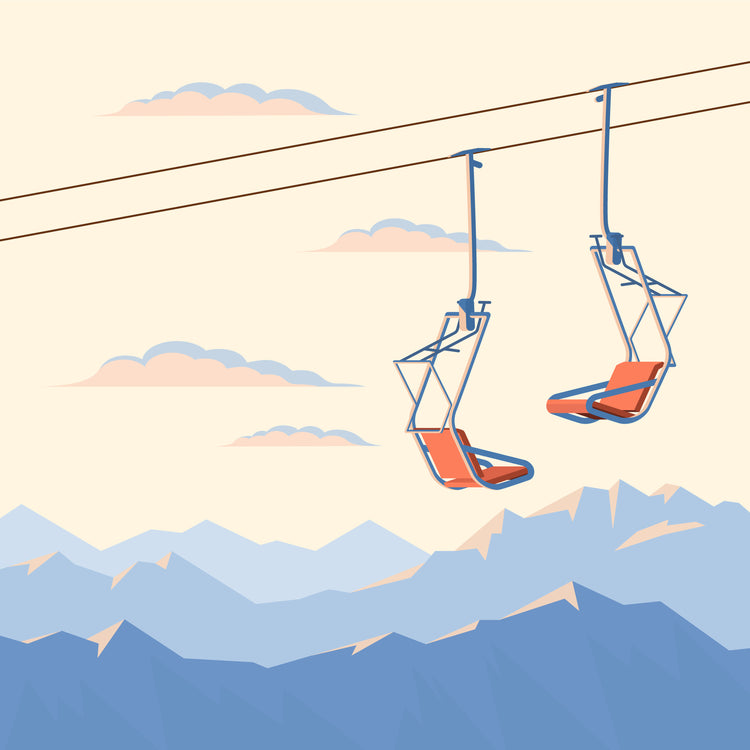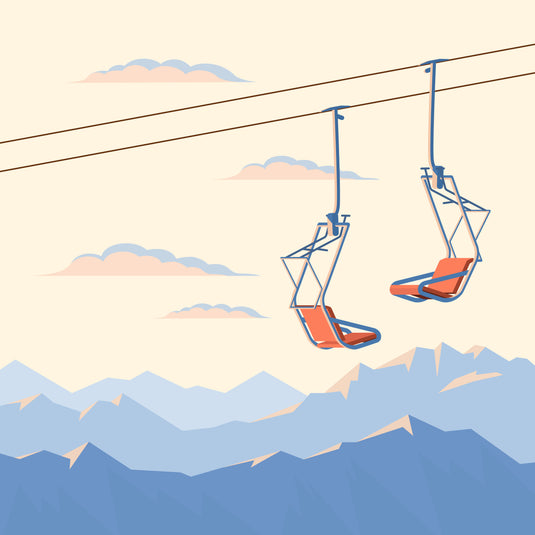FAQs
Many of our customers want to thoroughly inform themselves about the products and their application before making a purchase. If you have not yet had any contact with our products, you can find some of the most frequently asked questions here, among other places.
We try to provide a lot of information in the form of texts, images & videos on the respective product pages.
If you still have any questions, please feel free to contact us at sales@shop-raze-cat.com


ES 2000/PLUS edge grinder
Yes! After a short training period, the device is very easy to use. Just give it a try, you can't really go wrong. This short video explains how the device works: To the video
This is not necessary when sanding with the ES 2000 & ES 2000PLUS, as the sanding belt takes care of this preparatory work.
This is not an absolutely necessary step, but it is recommended to reduce the generation of dust. A bonus: the grinding belts last a little longer as a result.
With the sidewall remover, you can easily remove the sidewall before grinding.
This is not necessary because there are no burrs on the edges when sanding with the ES 2000 & ES 2000PLUS.
No, the ES 2000PLUS can only grind the side edge of skis and boards.
For grinding the base edge, we recommend the Base Edge File Guide, which has a variable angle adjustment from 0.5 - 1.5°.
Since it is an electric tool, noise is generated during use. The volume can be compared roughly to a drill. Grinding also produces some grinding dust, which burns off but is harmless. It is best to do the work in a workshop or outside.
Those who often perform extensive ski service with several pairs of skis & boards can protect themselves with our Work Safety Package. This is a recommendation from raze-cat, but not a necessity.
No! The material removal per sharpening pass is in the hundredths of a millimeter range, so you don't have to worry about removing too much from your edges.
With normal ski clamps, grinding with the ES 2000 unfortunately does not work optimally, as these were originally designed for hand filing and the ski is clamped vertically.
Our own SC30 ski clamp and the Profi Quick are perfectly designed for grinding with the ES 2000 thanks to the slightly angled support.
For the electric ski edge grinder, it is important to clean the machine regularly, as fine grinding dust can accumulate inside during the grinding process. This dust can potentially cause short circuits. To prevent this, we recommend using the magnetic strip.
Please clean the machine thoroughly once by dusting it off with a hand brush. Then please test whether the problem still occurs.
If the error persists after cleaning, you are welcome to book our repair service. If it turns out to be a warranty case and the defect was not caused by user error, we will of course refund the repair costs minus the shipping costs and send your repaired machine back to you.


Abrasive belts
You can sharpen about 3-4 pairs of skis with one belt. You shouldn't use a belt longer than that, as the sharpening quality naturally decreases with each use.
For racing, we recommend the 600 grain or 1000 grain grinding belts.
The rule for grinding: from lower grit to higher grit, for example first 120G, then 240G, and for the finish 600G for the race run.
Grinding belts should always be stored dark and dry. Moisture or exposure to light can damage the material. For optimal results, we recommend using the grinding belts within 2 years.
We always design our edge grinders so that the grinding belts work on all models. So when you switch models, you can continue to use the belts.


Miscellaneous
To be able to shop without VAT, you need to create a customer account with us in the shop and then briefly inform us and provide your VAT identification number. The account will then be switched to a tax-free account, so that you will be charged the net prices.